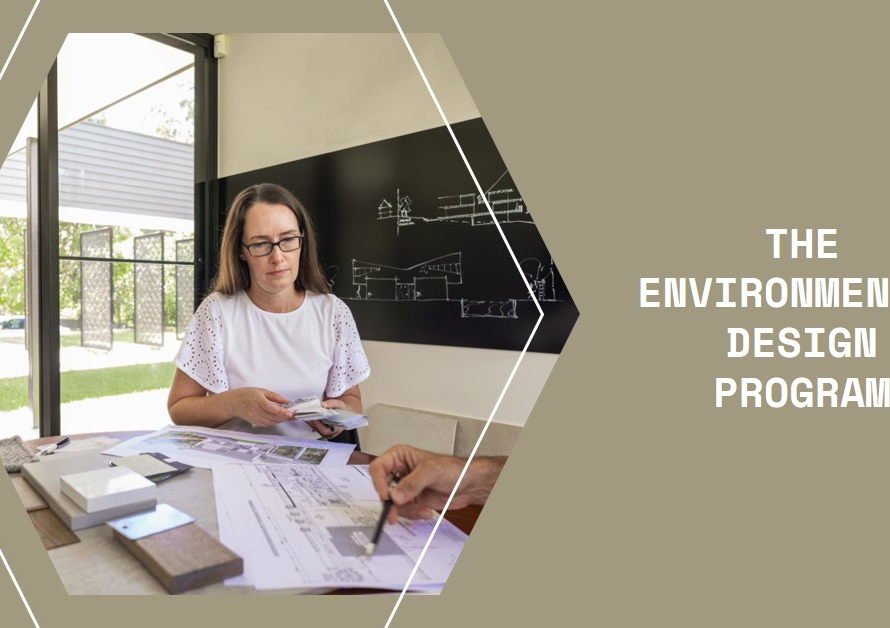
Table of Contents
- Introduction:
- The Blueprint of a City: Understanding Urban Planning
- Zoning and Land Use: Balancing Functionality
- Mixed-Use Development: Fostering Vibrancy
- Sustainable Development: Building for the Future
- Transportation Planning: Connecting People and Places
- Public Spaces: Creating Community Hubs
- Housing: Addressing Urban Density and Affordability
- Community Involvement: Engaging Stakeholders
- Technology and Innovation: Shaping Smart Cities
- Evaluating Effectiveness: Measuring Success
- Conclusion: The Future of Urban Planning
Introduction:
Urban planning plays a crucial role in shaping the spaces where we live, work, and play. As cities continue to grow and evolve, the effectiveness of urban planning principles is a subject of significant debate. This blog post explores whether these principles truly make a difference in creating sustainable, livable, and efficient urban environments.
The Blueprint of a City: Understanding Urban Planning
Urban planning is the process by which city layouts are designed, considering factors such as land use, infrastructure, transportation, and public spaces. Effective urban planning aims to create orderly, functional, and aesthetically pleasing environments that enhance the quality of life for residents.
The principles of urban planning include zoning, which separates land uses to reduce conflicts and enhance functionality; mixed-use development, which promotes diversity and accessibility; and sustainable development, which focuses on minimizing environmental impact. By adhering to these principles, urban planners strive to create balanced and thriving urban spaces.
Zoning and Land Use: Balancing Functionality
Zoning is one of the fundamental principles of urban planning. It involves dividing a city into zones, each designated for specific types of development, such as residential, commercial, industrial, or recreational. This separation helps prevent incompatible land uses from negatively impacting each other.
For example, zoning ensures that industrial areas do not encroach on residential neighborhoods, reducing noise and pollution. However, overly rigid zoning can also lead to segregation and lack of vibrancy. Thus, modern urban planning often incorporates flexible zoning to allow for more integrated and dynamic urban environments.
Mixed-Use Development: Fostering Vibrancy
Mixed-use development combines residential, commercial, and recreational spaces within a single area. This approach promotes a vibrant and dynamic urban environment by reducing the need for long commutes and encouraging a sense of community.
Incorporating mixed-use development can lead to more walkable neighborhoods, decreased traffic congestion, and increased economic activity. However, the success of mixed-use development depends on careful planning and consideration of factors such as infrastructure, public transportation, and community needs. When done correctly, it can significantly enhance the livability and attractiveness of urban spaces.
Sustainable Development: Building for the Future
Sustainability is at the heart of modern urban planning. Sustainable development aims to minimize environmental impact, promote resource efficiency, and create resilient communities. This principle involves incorporating green spaces, promoting public transportation, and encouraging eco-friendly building practices.
Urban planners are increasingly focused on creating cities that can withstand the challenges of climate change, population growth, and resource depletion. By prioritizing sustainability, urban planning can contribute to long-term environmental health and improve the quality of life for future generations.
Transportation Planning: Connecting People and Places
Efficient transportation is a cornerstone of effective urban planning. Well-designed transportation systems reduce congestion, improve accessibility, and enhance overall urban mobility. This includes not only roads and highways but also public transit, cycling paths, and pedestrian walkways.
Public transportation, in particular, plays a crucial role in reducing the environmental footprint of cities and providing equitable access to jobs, education, and services. Integrating various modes of transportation and ensuring seamless connectivity is essential for creating efficient and livable urban environments.
Public Spaces: Creating Community Hubs
Public spaces, such as parks, plazas, and community centers, are vital components of urban planning. These spaces provide opportunities for recreation, social interaction, and cultural activities, contributing to the overall well-being of residents.
Well-designed public spaces can enhance the aesthetic appeal of a city and foster a sense of community. They offer a respite from the urban hustle and bustle and serve as venues for public events and gatherings. Urban planners must carefully design and maintain these spaces to ensure they are accessible, safe, and inclusive.
Housing: Addressing Urban Density and Affordability
Housing is a critical aspect of urban planning, particularly in addressing issues of density and affordability. As cities grow, the demand for housing increases, leading to challenges such as overcrowding and rising housing costs.
Effective urban planning involves creating diverse housing options that cater to different income levels and household types. This includes promoting affordable housing developments, implementing policies to prevent displacement, and ensuring that new housing projects are well-integrated with existing infrastructure and services.


Community Involvement: Engaging Stakeholders
Successful urban planning requires the involvement of various stakeholders, including residents, businesses, and government agencies. Community engagement ensures that the needs and preferences of the population are considered in the planning process.
By involving the community, urban planners can create more inclusive and responsive plans that reflect the unique characteristics and aspirations of each neighborhood. Public consultations, workshops, and participatory planning processes are essential tools for fostering a collaborative approach to urban development.
Technology and Innovation: Shaping Smart Cities
The advent of new technologies is transforming urban planning. Smart city initiatives leverage data and digital tools to improve urban infrastructure, enhance service delivery, and optimize resource use. Innovations such as the Internet of Things (IoT), big data analytics, and artificial intelligence are being integrated into urban planning processes.
These technologies enable real-time monitoring and management of urban systems, leading to more efficient and responsive cities. For example, smart traffic management systems can reduce congestion, while smart grids improve energy efficiency. Embracing technology and innovation is crucial for modern urban planning to address the complex challenges of urbanization.
Evaluating Effectiveness: Measuring Success
Determining the effectiveness of urban planning principles involves evaluating various indicators such as quality of life, economic performance, environmental sustainability, and social equity. This requires a comprehensive approach to data collection and analysis.
Urban planners use tools like geographic information systems (GIS), urban simulations, and performance metrics to assess the impact of planning initiatives. Continuous monitoring and evaluation help identify areas for improvement and ensure that urban planning principles are effectively contributing to the development of sustainable and livable cities.
Conclusion: The Future of Urban Planning
Urban planning principles play a pivotal role in shaping the cities of tomorrow. While challenges remain, the application of these principles can lead to more sustainable, vibrant, and equitable urban environments. By balancing functionality, fostering community engagement, and embracing technological advancements, urban planners can create cities that meet the needs of their inhabitants and stand the test of time.
The effectiveness of urban planning principles ultimately depends on their implementation and adaptability to changing circumstances. As urban areas continue to evolve, ongoing research, innovation, and collaboration will be essential to ensuring that urban planning remains a powerful tool for creating better cities for all.



